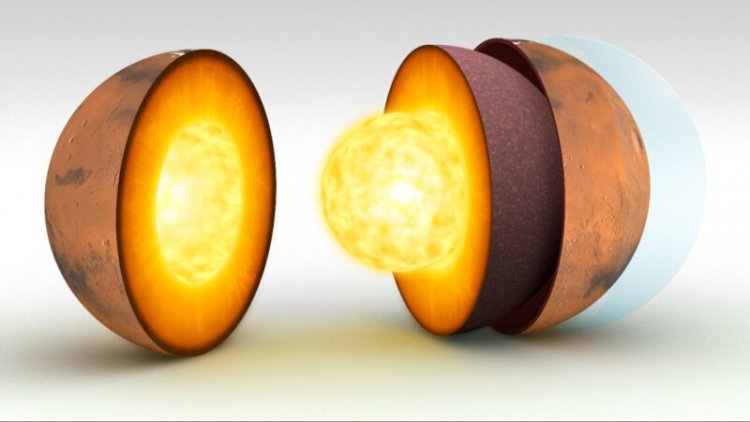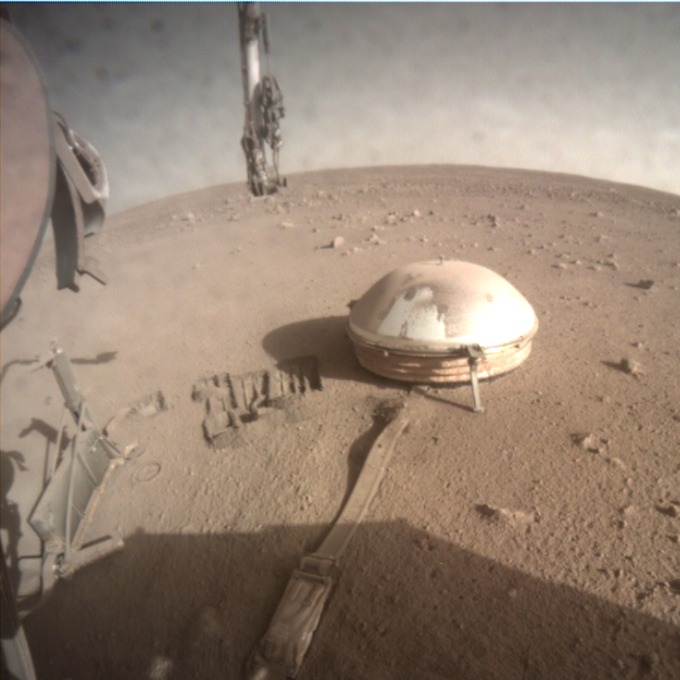Seismic waves crossing Mars’ core reveal details of the Red Planet’s heart
NASA’s InSight lander observed a quake and an impact on the farside of Mars, allowing researchers to measure physical properties of the planet’s core.

Mars’ heart is about the size of our moon, and almost twice as dense. Or so suggest the first observed rumblings from a Marsquake and meteorite impact to cross the Red Planet’s heart, researchers report April 24 in Proceedings of the National Academy of Sciences. The penetrative reverberations allowed researchers to refine estimates of the core’s size, density and composition (SN: 7/22/21).
“Nobody’s ever seen before a seismic wave going through [Mars’] core,” says seismologist Jessica Irving from the University of Bristol in England. “We waited for more than 900 days for one quake on the farside,” she says. Then “24 days later, there was … a meteorite impact.”

Both were captured by NASA’s InSight lander, which monitored seismic activity on Mars for four years, up until December 2022 (SN: 12/20/22). Over its 1,480-day career, the lander captured the quivers of over 1,000 Marsquakes and a handful of impacts (SN: 11/3/22). But in all that time, it detected just two rumblings on the planet’s farside.
Analyzing the core-crossing seismicity from the two events, Irving and her colleagues found that Mars’ heart has a radius of 1,780 to 1,810 kilometers with a density of about 6,200 kilograms per cubic meter. That radius is slightly smaller than previously estimated, and about half that of the combined layers of Earth’s heart (SN: 3/16/23). The cores of both planets comprise about half of their total thickness.
Moreover, the researchers inferred that Mars’ core is mostly made of a liquid iron alloy, with sulfur making up about 15 percent of its mass. A smattering of hydrogen, oxygen and carbon together comprise about 5 percent. The findings roughly align with some previous analyses of Martian meteorite compositions.
What's Your Reaction?

























































